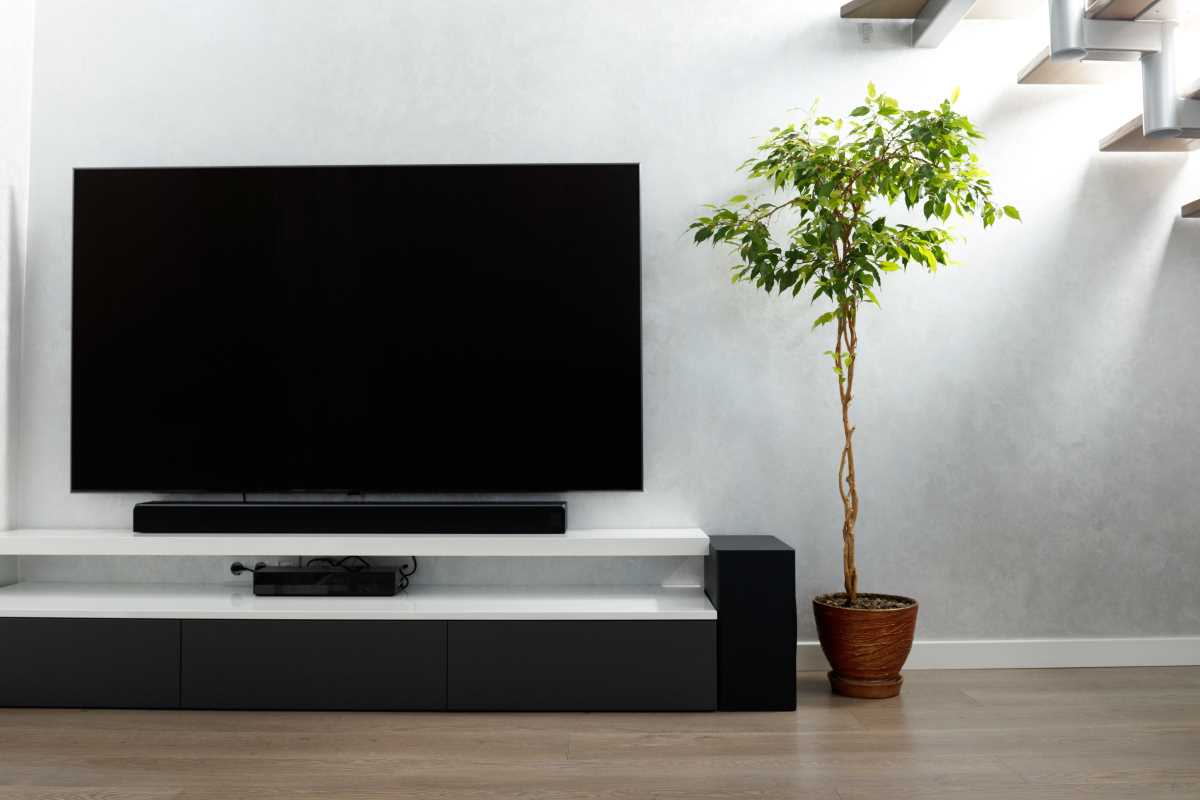Saving energy at home isn’t just good for the planet – it’s also good for your wallet. Every time you leave a light on in an empty room or crank the heat when you’re not home, you’re using energy you don’t really need. Over time, those small inefficiencies add up, costing you money and causing unnecessary strain on the environment. The good news? Making your home more energy efficient is easier than you might think, and it doesn’t have to mean spending a fortune or giving up the comforts you enjoy.
Whether you’re looking to cut down on your energy bills or do your part in reducing your carbon footprint, small changes can make a big difference. From upgrading your appliances to sealing drafts, this guide will walk you through practical, simple steps to boost energy efficiency in your home, all while saving you money in the long run.
1. Understanding Energy Efficiency
Before getting into the “how,” it’s helpful to understand what energy efficiency actually means. Put simply, energy efficiency is about using less energy to perform the same tasks. It doesn’t mean you’re living in the dark or shivering through the winter—it’s about making smarter choices that allow you to enjoy your home while wasting less energy.
For example, choosing LED light bulbs instead of traditional incandescent bulbs uses significantly less electricity for the same brightness. Similarly, insulating your walls and windows means you’ll spend less money heating or cooling your home because less air escapes.
Why It Matters
- Lower Bills: An energy-efficient home means lower electricity, gas, or water bills each month.
- Environmental Impact: Using less energy reduces your carbon footprint, which helps fight climate change.
- Comfort: A well-insulated, energy-efficient home stays warmer in winter and cooler in summer without relying heavily on heating or cooling systems.
2. Start With an Energy Audit
The best way to figure out where to begin is by understanding how much energy your home currently uses and where energy might be wasted. This is where an energy audit comes in. Think of it as a check-up for your house but for energy use instead of health.
How to Do It
- DIY Energy Audit: Walk through your home and look for obvious issues like drafts, poorly insulated areas, or old appliances that might be using more energy than necessary.
- Professional Energy Audit: Many utility companies offer free or low-cost energy audits. Professionals use tools like infrared cameras to detect heat loss and identify energy-draining culprits.
An energy audit provides a map of your home’s energy use and highlights specific areas for improvement.
3. Seal the Leaks
One of the biggest culprits of wasted energy in most homes is air leaks. Drafts allow warm air to escape in the winter and cool air in the summer, forcing your heating or cooling systems to work harder.
Common Problem Areas
- Windows and Doors: Make sure they close tightly. Adding weather stripping or caulk can make a huge difference.
- Attic and Basement: Insulating these areas prevents energy loss, as heat often escapes through the roof or sinks into the ground.
- Electrical Outlets: Believe it or not, small gaps around outlets can leak air too. Outlet sealers are an inexpensive fix.
By sealing these leaks, you’ll create a more comfortable home and reduce the strain on your heating and cooling systems.
4. Upgrade Your Lighting
Lighting accounts for a large portion of home energy use, but it’s also one of the easiest places to make improvements.
Switch to LEDs
LED bulbs use about 75% less energy than traditional incandescent bulbs and last up to 25 times longer. While they may cost a bit more upfront, they pay for themselves over time through lower energy bills and fewer replacements.
Use Natural Light
Take advantage of daylight by keeping blinds or curtains open during the day. Not only does this reduce your need for artificial lighting, but it also adds warmth to your home during cooler months.
5. Invest in Energy-Efficient Appliances
If your appliances are more than a decade old, chances are they’re not as energy-efficient as newer models. Look for products with the ENERGY STAR label, which means they’ve been tested and meet high standards for energy savings.
Appliances to Consider Replacing
- Refrigerators: Modern refrigerators consume much less energy than older models.
- Washing Machines: Front-loading washers not only use less water but also less energy.
- HVAC Systems: Heating, ventilation, and air conditioning account for a significant portion of your energy bill. Upgrading to a high-efficiency system can lead to big savings.
6. Be Smart About Water Usage
Heating water uses a surprising amount of energy. From showers to dishwashing, small adjustments can lead to noticeable energy savings.
Simple Tips for Water Efficiency
- Lower the Water Heater Temperature: Most heaters are set at 140°F (60°C) by default. Dropping it to 120°F (49°C) uses less energy and is still plenty hot for everyday use.
- Install Low-Flow Showerheads and Faucets: These reduce water use without sacrificing pressure.
- Fix Leaks: Even a tiny drip can waste gallons of water over time.
Consider upgrading to a tankless water heater for even greater energy savings. They heat water on demand rather than keeping a large tank hot all the time.
7. Manage Heating and Cooling Wisely
Heating and cooling are typically the largest components of a home energy bill. Making smarter decisions in this area can lead to some of the biggest savings.
Tips for Heating and Cooling
- Use a Programmable Thermostat: Set it to adjust temperatures automatically based on your schedule. For example, lower the heat when you’re at work and raise it before you get home.
- Maintain Your HVAC System: Regularly clean or replace filters to ensure it runs efficiently.
- Rely on Fans: Ceiling fans use far less energy than air conditioning and can help circulate air to maintain a comfortable temperature.
8. Renewable Energy Options
For those looking to make a bigger impact, renewable energy options like solar panels are worth considering. While they require an initial investment, the long-term savings and environmental benefits are significant.
Many states and countries offer tax incentives or rebates to make renewable energy systems more affordable. Research your area’s options to see if solar, wind, or geothermal energy might work for your home.
9. Build Better Habits
Even with all the right upgrades, your daily habits have a big impact on energy use. Simple actions like turning off lights when leaving a room or unplugging devices not in use can add up over time.
Ways to Build Energy-Saving Habits
- Only run dishwashers and washing machines with full loads.
- Air-dry clothes when possible instead of using the dryer.
- Switch off power strips when electronics aren’t in use; many devices draw “phantom power” even when turned off.
10. Stay Committed
Making your home more energy efficient isn’t a one-time project; it’s an ongoing process. Regularly reviewing your energy use and making small adjustments keeps your home efficient and your bills low.
 (Image via
(Image via





